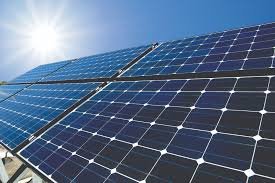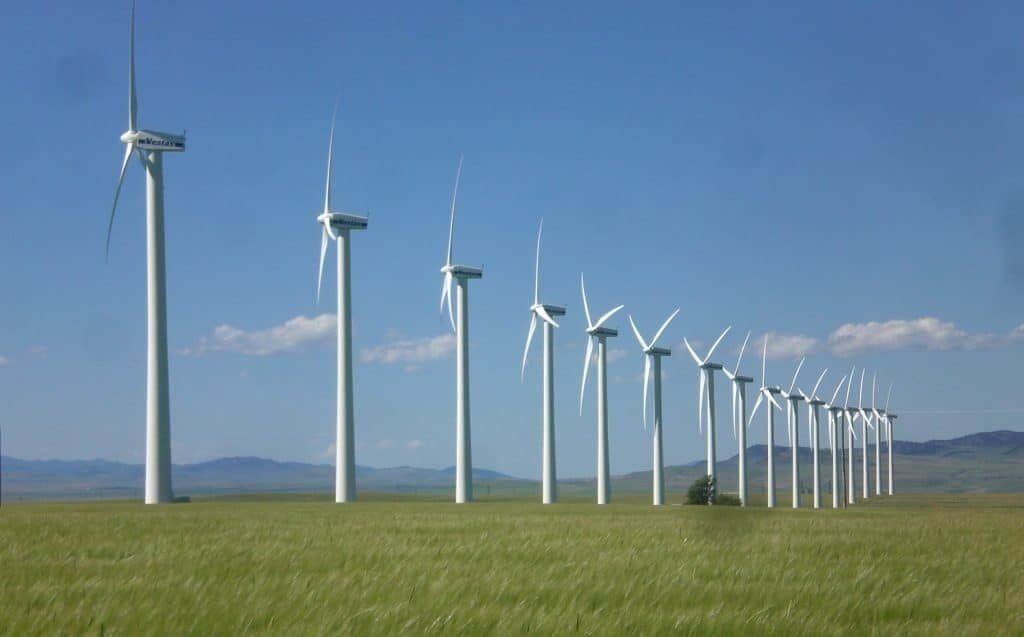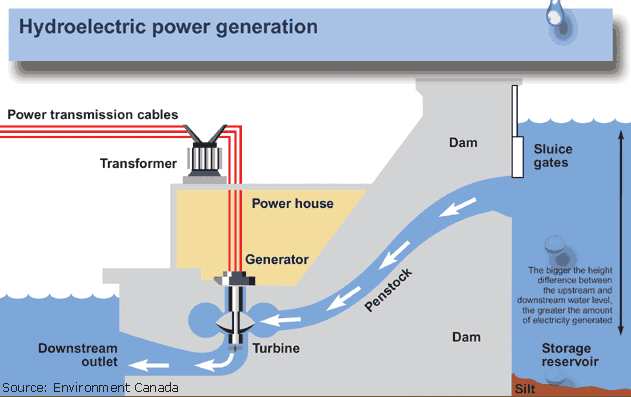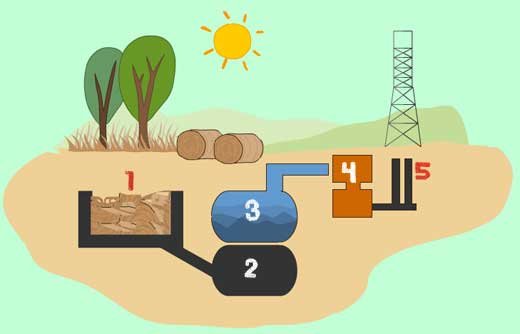In this tutorial, we will discuss renewable energy resources. For those who wonder what renewable means and where renewable energy resources come from, Renewable means sustainable and regenerative energy resources that we acquire from different resources. These energy sources are the ones that form through natural phenomena occurring in the earth’s surroundings. We find these sources in nature, such as sunlight, the deep underground earth, the seas, and the air that is all around us. They are a part of the planet’s body, which suggests that they’re perpetually reviving by natural means. These energy sources are usually known as “alternative energy” . They’re thought to be an alternative to ancient fossil fuels like oil and coal. Renewable energy source area units are helpful due to their less negative environmental impact when put next to fossil fuels.
Renewable Energy
This area unit serves as a sort of renewable energy source. Most of these renewable energies rely on daylight. Wind can produce electricity in power area units by directing the results of differential heating of the surface that ends up in air moving (wind) and precipitation forming due to the upraising of the air. Solar power is the direct conversion of daylight into electricity with the help of solar panels or collectors. Biomass energy contains daylight energy in plants.
In contrast, some renewables, like geothermal energy, don’t rely on sunlight; they originate from the Earth’s internal heat, created by the Earth’s formation and the decay within its crust. Tidal energy, too, is independent of sunlight, originating from gravitational forces.
In the past, they were too costly to be used widely. However, that’s dynamic; several renewable energy sources are cost-efficient for households, businesses, and governments. Especially, solar power serves as a nice possibility for house owners to generate electricity via daylight. United Nations agencies are using solar power cells that are helping them to cut costs and save money.
Different Types Of Renewable Resources
Solar Energy
One of the foremost standard styles of renewable energy resources is solar energy. This energy comes from the sun, which provides our entire planet with the energy that supports the existence of life. The energy directly comes from the sun, and solar panels convert it into electricity. This can power our homes and businesses. This storage of energy is done with the help of batteries. The stored energy comes in handy when the sun sets.
We can convert the sun’s energy into heat, illumination, hot water, electricity, and cooling systems for businesses and trade. Photovoltaic (PV) systems use star cells to convert daylight into electricity. Business and industrial buildings may leverage the sun’s energy for larger-scale desires like ventilation, heating, and cooling. Finally, solar energy will provide advantages from the sun as a supply of sunshine for heating and cooling. Homeowners, businesses, and government entities will profit from the advantages of solar energy in several ways. They can install a solar system for their home or business that helps with cooling or ventilation systems. They can profit from the sun’s natural attributes for passive heating and lighting.
Wind Energy
Another variety of renewable energy that we have a tendency to move with on a daily basis is the wind. After we feel the wind, we’re merely feeling air moving from one place to another, thanks to the uneven heating of the earth’s surface. The temperature of the earth’s surface drives the variation of the wind in the atmosphere. We are able to capture this wind through huge turbines that generate electricity after they spin. It is very costly and not sensible for a private house owner. This energy resource is becoming more and more fashionable for utility-scale applications.
Commercial-grade wind-power generating systems are accessible to fulfill the need for renewable energy. Like solar power, this energy resource is also pollution-free. It has become a vital energy source for providing electricity to power grids around the world.
Hydroelectric Energy
We can generate renewable energy from moving water, a bit like we are able to form moving air. The moving water generates energy by flowing through a rotatory engine, spinning it to provide electricity. This typically happens at giant dams or waterfalls, where water falls from a higher place.
To generate electricity in a water system, it requires the creation of dams to store water in a reservoir. Once we discharge this water, it flows through turbines to provide electricity. We also refer to it as “pumped-storage hydropower”. This is when we cycle the water between lower and higher reservoirs to manage electricity generation between times of low and peak demand. Another kind of technique is “run-of-river hydropower”. This requires the funneling of watercourse flow through a channel to flow and move a turbine and doesn’t need a dam. Hydropower plants are large in size and range from major-hydroelectric power systems to micro-hydroelectric power systems.
Geothermal Energy
Geothermal energy is derived from the warmth of the planet, mainly from volcano eruptions. This heat comes to the surface from heated rocks and reservoirs. Geothermal power plants harness these heat sources to generate electricity. On a smaller scale, an energy apparatus system will leverage the constant temperature of the bottom, found simply ten feet below the surface, to provide heat to a nearby building in the winter or to cool off in the summer.
Direct use of heat could include heating workplace buildings, serving to grow greenhouse plants, heating water at fish farms, and aiding various other industrial processes.
Biomass Energy
The generation of biomass energy comes from living organic matter, like plants or animals. Biomass could be a natural resource as a result of plants that may regrow comparatively quickly through renewable energy from the sun. Fuels like plant products and biodiesel also come from biomass. Biomass fuels are thought of as “carbon-neutral”, which means they don’t place any additional CO2 into the atmosphere. These new plants can take up the carbon from combustion, resulting in no additional carbon in the atmosphere. However, these plants take time.
Conclusion
In conclusion, this article provides an in-depth overview of renewable energy resources. It covers solar systems, wind power generation systems, hydroelectric electricity generation systems, geothermal systems, and biomass systems to help us better understand the concept. Hopefully, this was helpful in expanding your knowledge about renewable energy resources.
You may also like to read:
- IoT based Contactless Water level Monitoring with ESP32 and HC-SR04
- ESP32 WebSocket Server using Arduino IDE – Control GPIOs and Relays
- TCA9548A I2C Multiplexer with ESP32 Use Multiple Devices having Same and Different Addresses
- Difference Between CRT Monitor and LCD
- Difference between process and program
- Difference between Mainframes and Mini Computers
This concludes today’s article. If you face any issues or difficulties, let us know in the comment section below.





